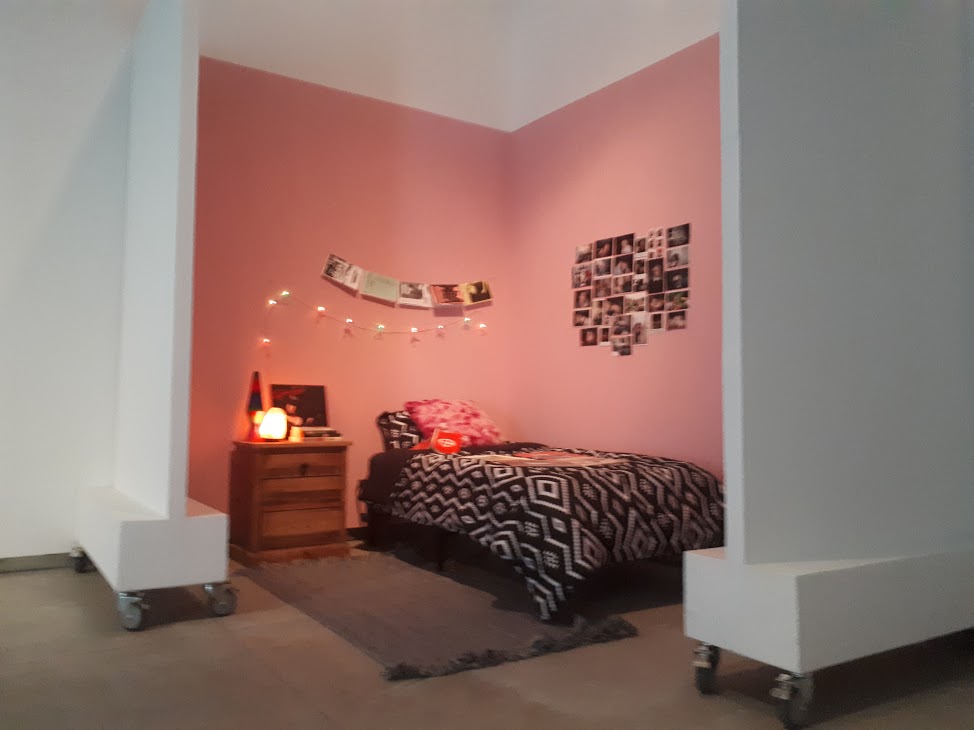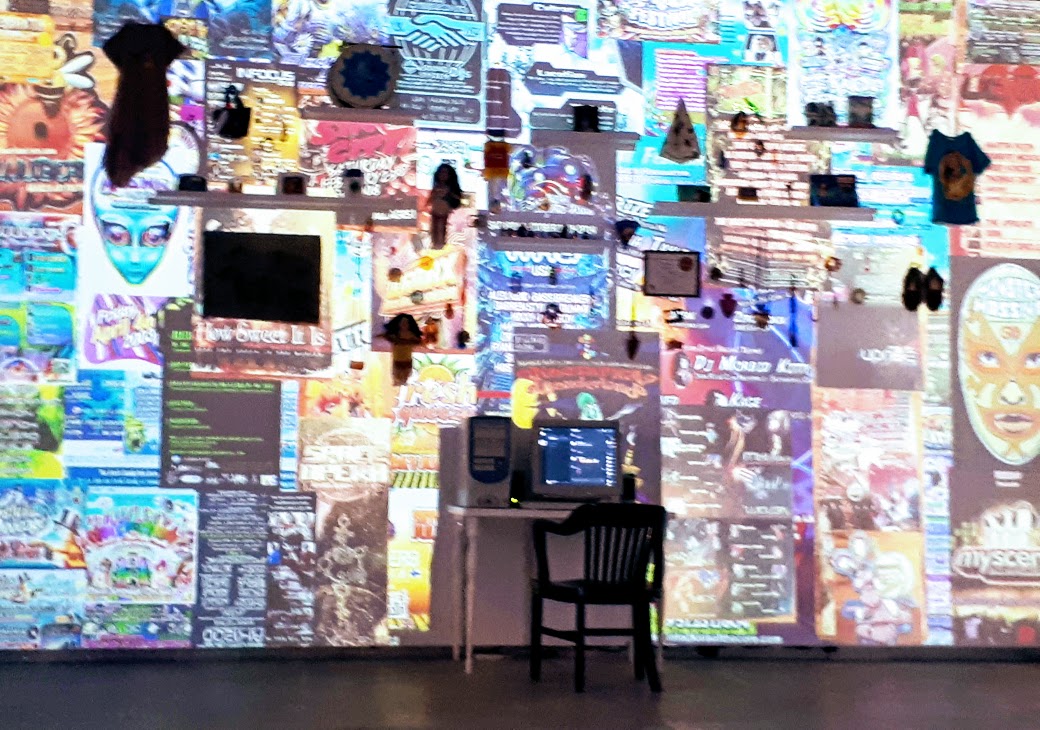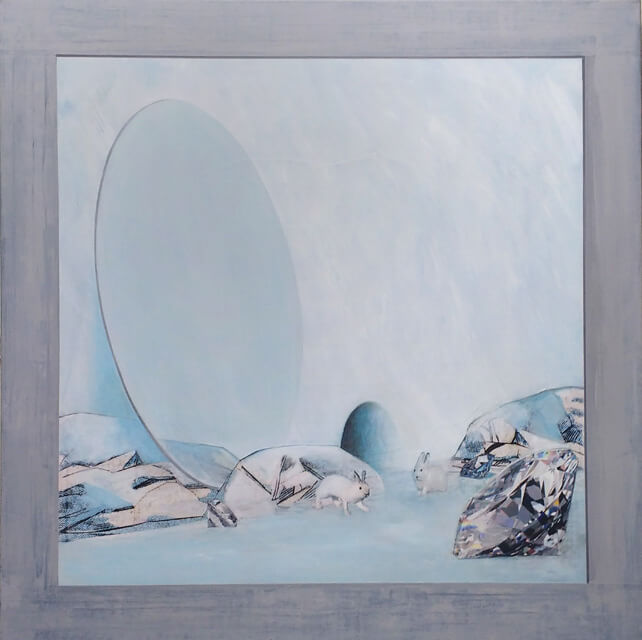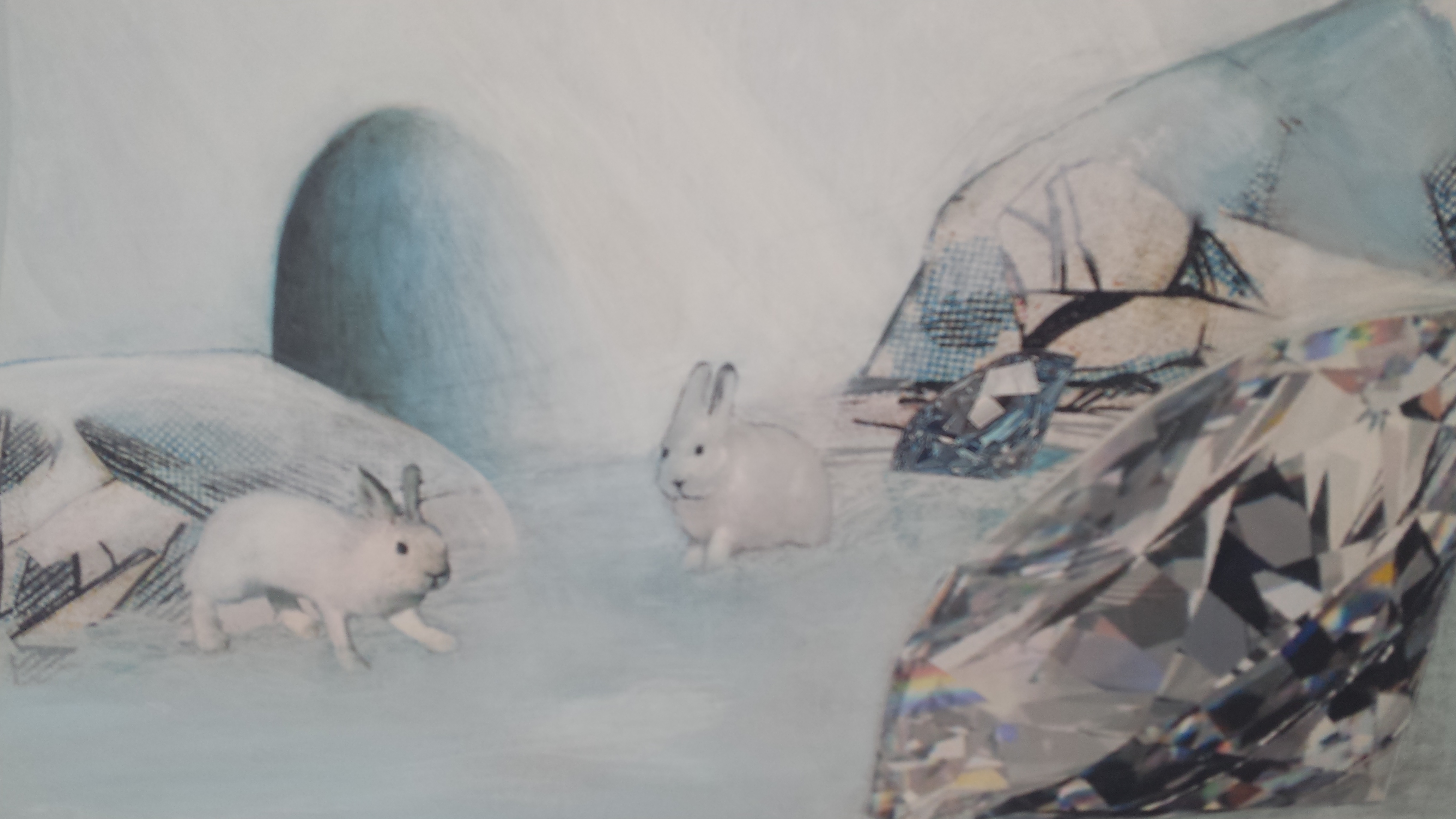MOCA/NOT MOCCA
MOCA is the Museum of Contemporary Art Toronto. It was, previously, the Museum of Contemporary Canadian Art (MOCCA), located for more than 12 years on once trendy (now pandemic battered) Queen Street West. Going back further, MOCCA was founded on the Art Gallery of North York, which originated in 1999. MOCCA went dormant from 2015 to 2018 after which time it emerged as MOCA, at 158 Sterling Road, in a former auto parts factory, and there, it identified itself with the globalized world of the 21st century.

Remediation – Kapwani Kiwanga
Kapwani Kiwanga‘s exhibition at MOCA, (see above) titled “Remediation,” is original, playful, uplifting to visit and a breath of fresh air. (This is something we desperately need as spring is so far not arriving.)

The botanical world has a role in most of the pieces in this show. In fact, one definition of remediation is a way to cleanse soil of toxins, specifically using plant life.
The large, see-through, feather-light, air-filled shapes the artist created are also about plants. She calls them vivariums. I was informed that Kapwani Kiwanga is referencing vivariums in their historical role, as methods to transport life, particularly plant life, from one place to another. This could be a metaphor with all kinds of ominous connotations, but the thing about this artist’s work is that it’s not heavy-handed/didactic. The visitor can just enjoy looking at these strange and surprising objects amid the ponderous concrete pillars that dominate the second floor at MOCA.


Originally The Vivarium, I learned on Wikipedia, was the name for the enclosures where ancient Romans kept living things used in their entertainments. Various wild animals, mainly imported from Africa and the Middle East, like tigers, crocodiles, ostriches, elephants and aurochs waited in The Vivarium for their cue. Gladiators waited elsewhere.


This artist doesn’t flinch from using a range of materials in her work. These delicate paper flowers — the piece is called “The Marias” — are surrounded by dazzling yellow plinths and walls. They’re pretty enough, but the artist has created them because of their unique properties and historical function.
…the flower on show, native to Latin America, was known by the locals for its abortive powers. The chemicals in the flower were used by enslaved women to break the reproduction of servitude.
from “Remedition” exhibition booklet
On the main floor of MOCA Kapwani Kiwanga has produced a massive installation composed almost entirely of sisal. She has said that she “considers how various natural materials become witnesses to history. ” Sisal, for example, played a big economic role in Tanzania. When the prices plummeted because of synthetic immitations, the country suffered.

The material, in the form in which the artist uses it, has a fascinating colour, texture and the unique, undulating lightness which the artist uses to create artfully draped, other-worldly environments. It’s so hard to refrain from touching it!

A video piece included in the show, was shot in Tanzania, where soil is a reddish colour and coats everything in the dry season. We see the artist cleaning the lush roadside vegetation in a gesture of maybe aesthetic intervention or perhaps its a symbolic, sishyphean act of appreciation.
I like the fact that this mesmerizing piece is open to interpretation.
I know so little about Tanzania: an East African country with vast wilderness areas. They include the plains of Serengeti National Park, a safari mecca populated by elephants, lions, leopards, buffalos, rhinos, and Kilimanjaro National Park, home to Africa’s highest mountain. Offshore lie the tropical islands of Zanzibar, with Arabic influences, and Mafia, with a marine park home to whale sharks and coral reefs

Trade Show – Susan for Susan
Trade Show is another exhibition presently on display at MOCA. Susan for Susan is the name of the design collaboration between Kevin Watts and John Watts. (One of the MOCA volunteers at the show told me the mother of John and Kevin Watts is the Susan in question. Nice.)
How brutalist would it be to have a concrete table in your kitchen, hanging from the ceiling by thick chains? I did not realize it was something I always wanted. That would be a place to have some serious conversation, espcially with the right lighting, a battery of flourescents maybe.

Susan for Susan has created an installation that gestures toward the idea of an apartment, employing industrial materials in a coarse state. I think they are trying to get at a return to “truth to materials.”

Something called a gantry (which is a bridge-like overhead structure with a platform supporting equipment such as a crane) pulls the whole thing together. This gadget gives the installation an overarching absurdist twang which is very appealing.

The mirror has an amusing quality. It’s like one of those magnifying mirrors, sometimes screwed into the bathroom wall, except the”accordian” attachments are oversized which means the whole thing can be pulled out and adjusted as required to get the right view.

My favourite is the vase, evidently created from a medical device used to set extreme fractures.
Ouch.



































 Detail of Fragments of an Imagined Place by Elise Rasmussen
Detail of Fragments of an Imagined Place by Elise Rasmussen








































